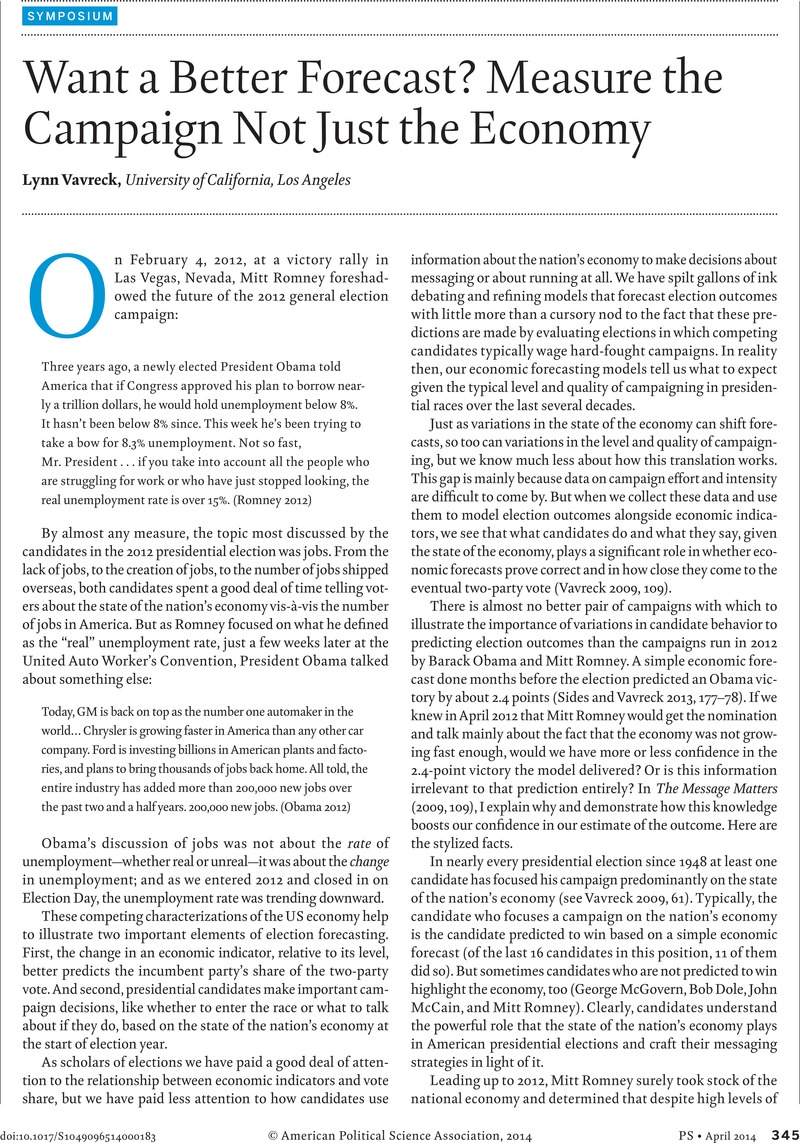Crossref Citations
This article has been cited by the following publications. This list is generated based on data provided by Crossref.
Bale, T.
2015.
If Opposition is an Art, is Ed Miliband an Artist? A Framework for Evaluating Leaders of the Opposition.
Parliamentary Affairs,
Vol. 68,
Issue. 1,
p.
58.



